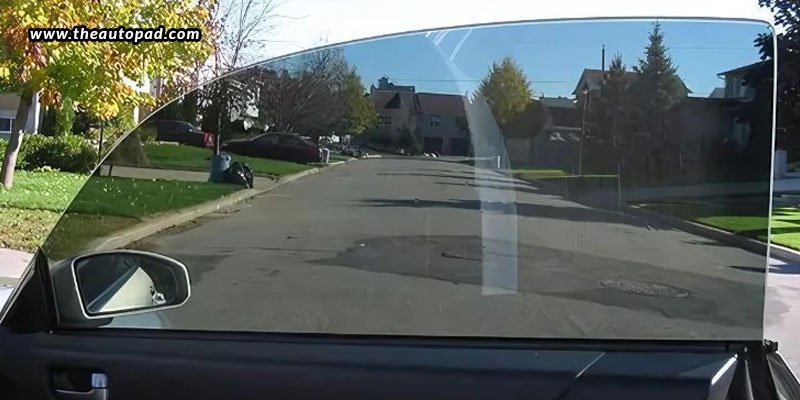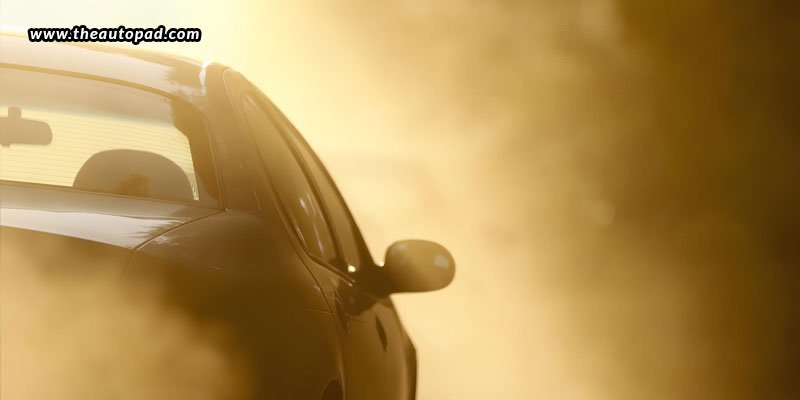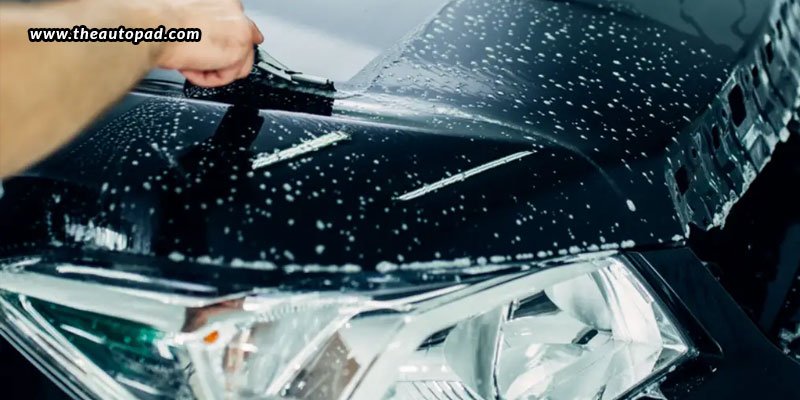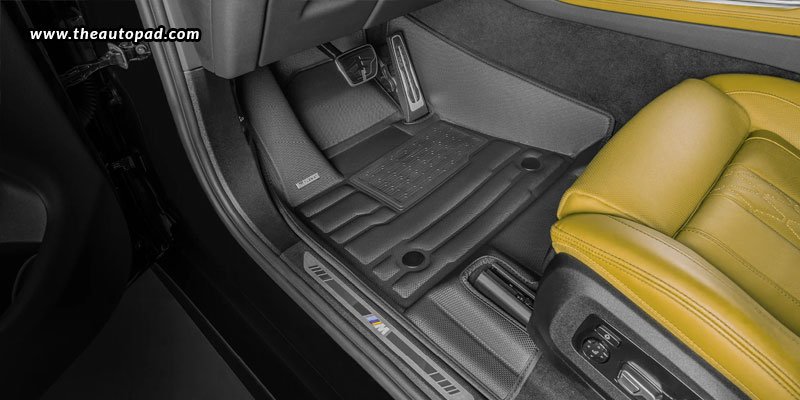Cities with changing climates – characterized by warm days, cool nights, rains, and air pollution – pose a distinct set of challenges for the performance of sun films. While not as severe as coastal or desert environments, the mix of UV exposure, changing temperatures, moisture, and dust can significantly impact the longevity of the films. If the right materials aren’t chosen, the films can deteriorate too soon, resulting in fading, bubbling, or peeling. Selecting the right sun film for these conditions necessitates an understanding of how various stressors interact with adhesives, coatings, and film layers. The ideal product guarantees comfort, durability, and compliance with regulations without sacrificing visibility or style.
The elements to be considered
- Seasonal humidity and moisture
In urban areas with rains and varying humidity, excess moisture can get trapped between the window and the sun film. This can cause problems like bubbling, peeling, and eventual delamination. During the monsoon or rainy seasons, films with poorly bonded adhesives or of lower quality tend to fail more quickly due to water infiltration. To combat this, opt for sun films that utilize moisture-resistant adhesives and hydrophobic surface layers, which repel water and stop absorption. These films keep their integrity even in high humidity conditions. Moreover, proper edge sealing during installation is vital to prevent water seepage, and to ensure that the film remains intact over time.
- Temperature variations
Cities that experience significant differences between daytime and nighttime temperatures frequently encounter condensation, especially following rainfall or during the early morning hours. This moisture can gather between the glass of windows and the sun film, resulting in foggy areas that hinder visibility. The continual expansion and contraction of materials due to temperature fluctuations can also compromise the integrity of the film. Opting for anti-fog films or those made with micro-layered, breathable materials can assist in controlling condensation and preserving optical clarity. These innovative films prevent moisture accumulation while still providing protection against UV rays and heat. It is crucial to have professional installation to guarantee tight seals and uniform application.
- Strong sunlight and UV exposure
Even in areas that aren’t tropical, daily exposure to everyday sunlight can lead to serious damage inside your car over time. Ultraviolet (UV) rays can dry out leather, fade fabrics, and weaken plastic trims due to oxidation. If you’re exposed for too long, it can also raise the temperature inside the cabin, making it uncomfortable to drive. High-quality sun films that block 99% or more of UV rays and have infrared (IR) blocking technology offer excellent protection. These films filter out harmful light wavelengths while still letting visible light in, keeping the cabin bright without the heat. By reducing solar stress, these films can help prolong the life of your car’s interior materials and protect passengers from UV-related health issues.
- Dust and pollution
Cities are often packed with fine dust, industrial pollutants, and vehicle emissions, which can all build up on your car’s surfaces, including the windows. Over time, this accumulation can impact the clarity and adhesive strength of sun films, particularly at the edges. Plus, some pollutants might chemically react with lower-quality films, leading to discoloration or hazing. To tackle this, choose anti-static films that resist dust sticking and come with dust-repellent coatings. These coatings help keep the film cleaner for longer, enhancing visibility and performance. Regular cleaning and professional installation are also crucial for maintaining the film’s effectiveness in polluted areas.
- Adhesiveness and seal integrity
Adhesive failure is a prevalent problem in climates that alternate between hot and humid conditions and dry and cool ones. Over time, these temperature cycles exert stress on the adhesive layers of sun films, resulting in edge curling, bubbling, or complete detachment from the glass. Films intended for urban settings should incorporate thermal-stable adhesives that can expand and contract without deterioration. Selecting high-quality films with weather-resistant bonding agents ensures lasting adhesion and clean edges. For optimal results, installation should occur during moderate weather conditions – steering clear of extreme heat or humidity – to facilitate proper curing of the adhesive and maintain the film’s integrity under varying environmental stresses.
Choosing the right sun film for urban climates
When picking sun films that work well in city environments, it’s important to focus on materials that blend performance with durability against the elements. Look for films that are spectrally selective and non-metalized, providing excellent optical clarity without disrupting electronics. Opt for films with adhesives that resist corrosion and humidity to handle seasonal moisture and avoid delamination. Moisture-repellent and anti-fog coatings are vital for keeping visibility clear during rainy or humid weather. For the best protection, choose films that block at least 99% of UV rays and 70% or more of infrared heat, which helps protect your vehicle’s interior and enhances cabin comfort. Urban settings also require dust-resistant options, so go for films with anti-static or dust-repellent surfaces to minimize buildup and keep clarity intact. Finally, make sure the product meets high durability standards and comes with warranties and recognized certifications, ensuring long-lasting performance in diverse and tough conditions.
Why quality installation matters
Proper installation is crucial for sun films; even the best ones can fail or not perform well without it. Precision cutting is key for a perfect fit on every window, and a flawless application helps avoid air bubbles, creases, and uneven finishes that can ruin both looks and functionality. Edge sealing is super important too, as it keeps moisture and dust out – two main reasons for peeling, fogging, and delamination. These problems can pop up even in mild climates if the installation isn’t spot on. Hiring a certified professional with experience in climate-specific applications not only ensures a clean and long-lasting finish, but also ensures compliance with local legal regulations regarding window tinting. This way, you steer clear of fines or expensive reinstallation. A film installed by a professional boosts protection, improves clarity, and keeps your vehicle looking great and performing well for the long haul. For expert installation, consider Autopad. With premium-quality sun films for car in Jayanagar, and tailored climate-optimized applications, the skilled professionals here ensure perfect fitment, legal compliance, and long-lasting performance – making them a trusted choice for urban driving comfort and style.
Maintenance best practices
To keep your sun films lasting long and working well, simply installing good quality sun films isn’t enough; it’s super important to install and maintain them correctly too. Start with professional edge detailing – this part is key because well-sealed edges stop moisture, dust, and pollutants from getting in and ruining the film over time. Always plan your installation for moderate weather, steering clear of extreme heat or high humidity since those can mess with how well the film sticks. After installation, taking care of the windows is just as crucial. Make sure to clean them regularly with gentle water rinses or non-abrasive, ammonia-free cleaners to keep them clear and protect the film’s surface. Plus, do an annual check-up on all windows to look for early signs of edge lift, bubbling, or hazing. Catching and fixing small problems early can save you from bigger issues later on, and help your sun film to work its best for years. Regular maintenance makes sure the film keeps providing protection, visibility, and a nice look.
Urban cities struggle with intense UV radiation, seasonal humidity, airborne dust, and fluctuating temperatures – all of which can significantly reduce the lifespan of car sun films. To combat these challenges, it’s important to choose high-quality spectrally selective films that offer superior UV and infrared rejection, along with moisture-resistant adhesives and dust-repellent surface coatings. These features ensure long-term performance, enhanced comfort, and protection for your vehicle’s interior. For optimal results, always opt for professional installation and commit to regular maintenance to preserve clarity, adhesion, and overall film effectiveness over time.




